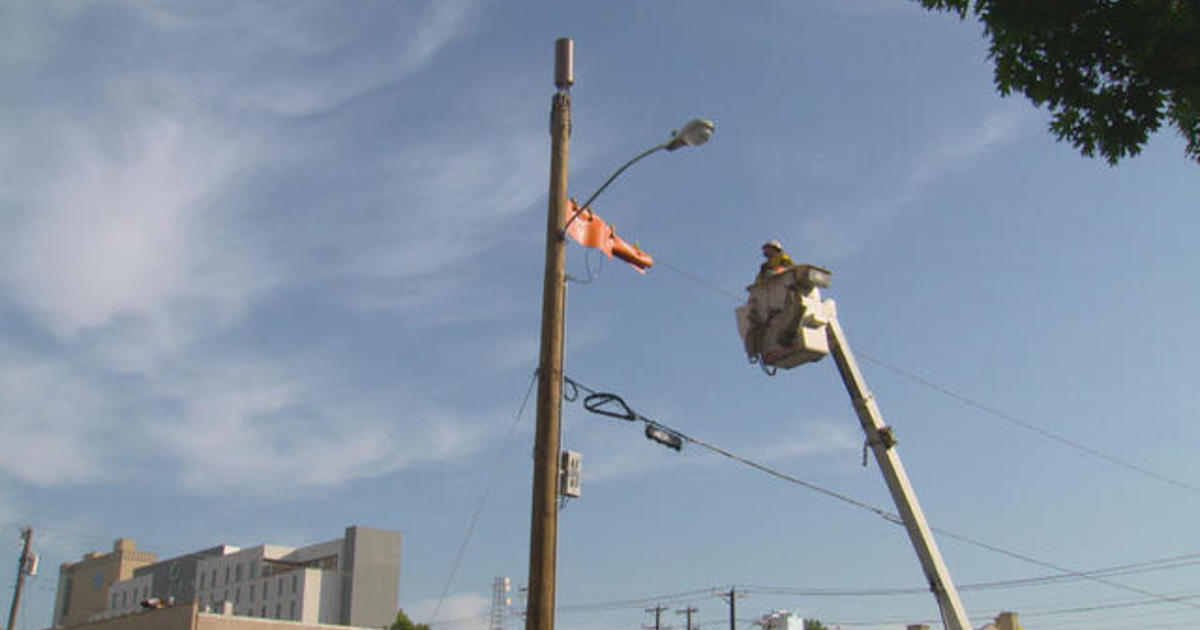If you've ever wandered through a town you might have noticed tiny mini 5G cell towers on street light poles. They look like small boxes, but they're actually broadcasting wireless signals from cell phone providers to your phone.
These smaller towers are replacing larger built cell towers. While safe distance to live from cell phone tower , they could create problems for those who live nearby.
A of the FCC's Radiation Exposure Thresholds
The FCC's Radiation Exposure Thresholds define the safe limit at which one can expose to electromagnetic energy from wireless devices. The limits of exposure are based upon scientific research which show that the energy of RF can cause harm to health.
The absorption rate specific (SAR) is an indication of the radiofrequency energy absorbed by tissue. It's typically 1.6 watts per kilogram, calculated over one gram of tissue.
Since 5g is able to transmit at higher frequencies this could be able to increase the intensity of energy on the skin as well as other body areas. This can result in many possible harms, such as an increase in appearance of skin disorders like dermatitis, cancer of the skin and cataracts.
Because of the potentially severe effects of 5g radiation, PSU has chosen to establish a general, localized limits on power density, which is 4mW/cm2 measured on 1cm2, and never exceeding 30 minutes for the entire 5G spectrum at 3000 GHz. This limit for localization is in line with the peak SAR that is spatially averaged at 1.6 W/kg averaged over 1 5 grams of body tissue, at 6 GHz.
The FCC's Maximum Exposure Thresholds for Maximum Exposure
If you've ever used a mobile phone, you're probably aware that the safest range from the tower is at least 400 meters away. This is because the transmitting power of a cell tower increases dramatically the further you are from it.
While this sounds like a good idea but the truth is that people living in close proximity to towers might be more susceptible to health issues. For example, a study from 2014 in India found that residents who lived within 50 meters from cell towers suffered significantly more health complaints than those who lived farther distance from them.
But, safe distance to live from cell phone tower found that people who moved to areas further away from the cell towers saw their symptoms improve within a couple of days. safe distance to live from cell phone tower have also revealed that exposure to high amounts of electromagnetic field radiofrequency (EMFs) can cause cancer, brain tumors as well as other health issues.
This is due to the fact that the RF radiation utilized in wireless communications, can penetrate the human body's outer layer, the skin. This is vital to be aware of since the skin functions as a shield against mechanical injury, infection caused by pathogenic microorganisms and infiltration of toxic substances. It is also the largest organ in the human body. It is responsible for keeping the integrity of other organs.
The FCC's Minimum Exposure Thresholds
The FCC's Minimum Exposure Thresholds are based on many assumptions that aren't supported by evidence from science. They include the incorrect belief that short-term exposures RF radiation are safe because of the minimal penetration into the body (i.e., tissue heating).
This also overlooks the greater penetration of ELF components of modulated RF signals, as well as the effects on the body of short bursts generated by RF waves that are pulsed. These theories are not compatible with current understanding of the biological consequences of RF radiation, and thus they shouldn't be relied upon for health-protection exposure standards.

Furthermore to that, ICNIRP and FCC limit its maximum levels of radiation exposure for local peak SARs that are based on the peak frequency of absorption (psSAR) that is an inadequate dosimetric tool to assess the amount of exposure to radiofrequency radiation. In particular it is inconclusive for frequencies above 6 GHz. Additionally, psSAR hasn't been tested for RF radiation exposed to other environmental agents , such as sunlight. Interactions of RF radiation with other environmental agents may result in antagonistic or synergistic results. This could result in an increased risk of adverse health consequences. For example, co-exposure to RF radiation and sunlight could increase the risk of developing skin cancer, as well as aggravate other skin conditions like acne.
